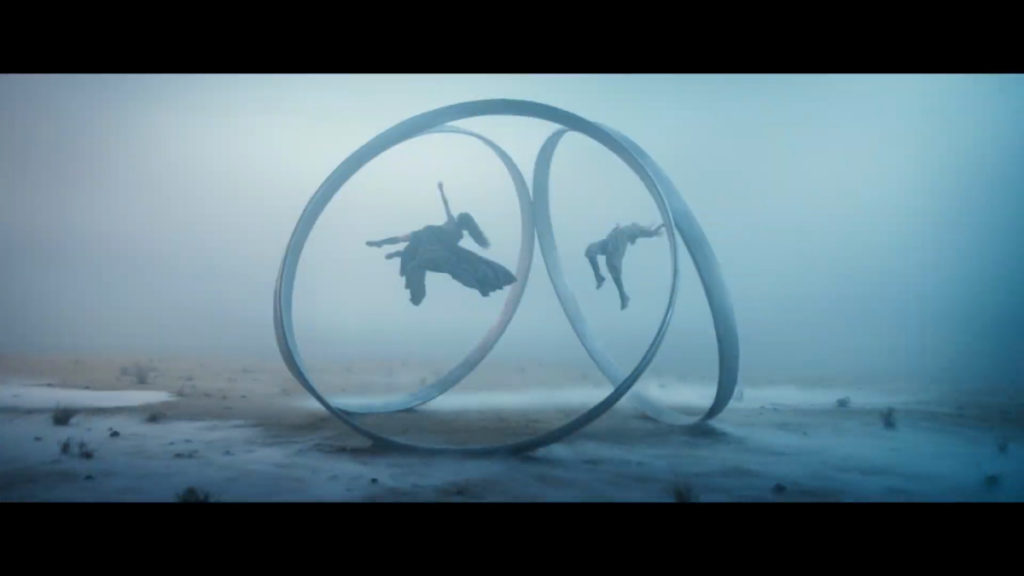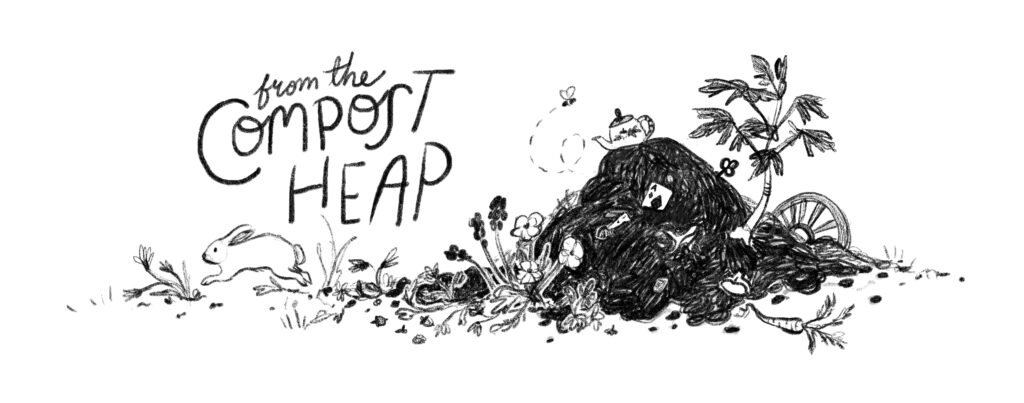I’m still celebrating!
Last week, on my actual birthday, one of my favorite chapters from the Wheel of Time was adapted to screen. So I am having a great month.
As my gift to you, anyone who joins the zine subscription this month, will get a bonus Wheel of Time mini zine. 🥰
If you want to print any of these zines to hype the show you can download them here.
The “I’m Fine” Zine
This month I wrote about creating safe spaces and regulating nervous systems in “unprecedented times.”
You can read the digitized version here.

The work on the cover has been exhibited in several different galleries and is part of the My Brain on Motherhood collection as part of my ARIM.
Sculpture
I’ve also spent a substantial amount of time this month working on a sculpture called Bloom Where You’re Planted from a dead cherry tree.
You can read about the process here.
Here I am cleaning mud off the root.

Time Blind Supports
I’m making a concerted effort to spend more time creating and less time on admin this year. One of the tools I’m using for this is logging my time with spreadsheets and charts.
As someone with time blindness I can very easily sink time into something without realizing.
Seeing time visually has made a huge difference for me!
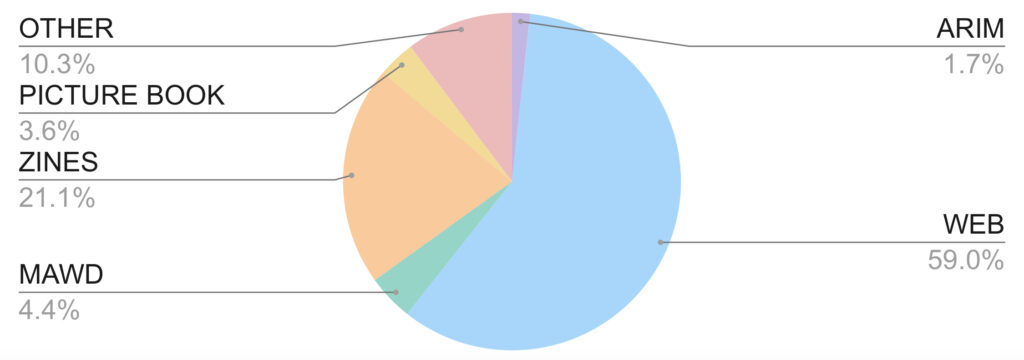
If you’re curious about this process you can click here to read more about what I’m doing and what impact it’s having.

The LOST podcast episode.
Last month, in all my excitement about The Wheel of Time, I completely forgot to tell you I published a ramble podcast. I’ll be doing these on an ad hoc basis moving forward. (If you enjoy listening let me know!)
I haven’t managed to migrated podcast episodes off Substack yet.
Listen here for now.
This is essentially a brain dump I recorded in January reflecting on my creative ecosystem, closing loops, and my intentions for moving into a new year.
When I migrate off Substack I’m thinking of calling this a “Brain Dump Podcast” to remind myself it’s okay to be messy. Here’s some possible podcast art. Not my normal color palette, but maybe my kid’s love of all things rainbow is rubbing off on me.
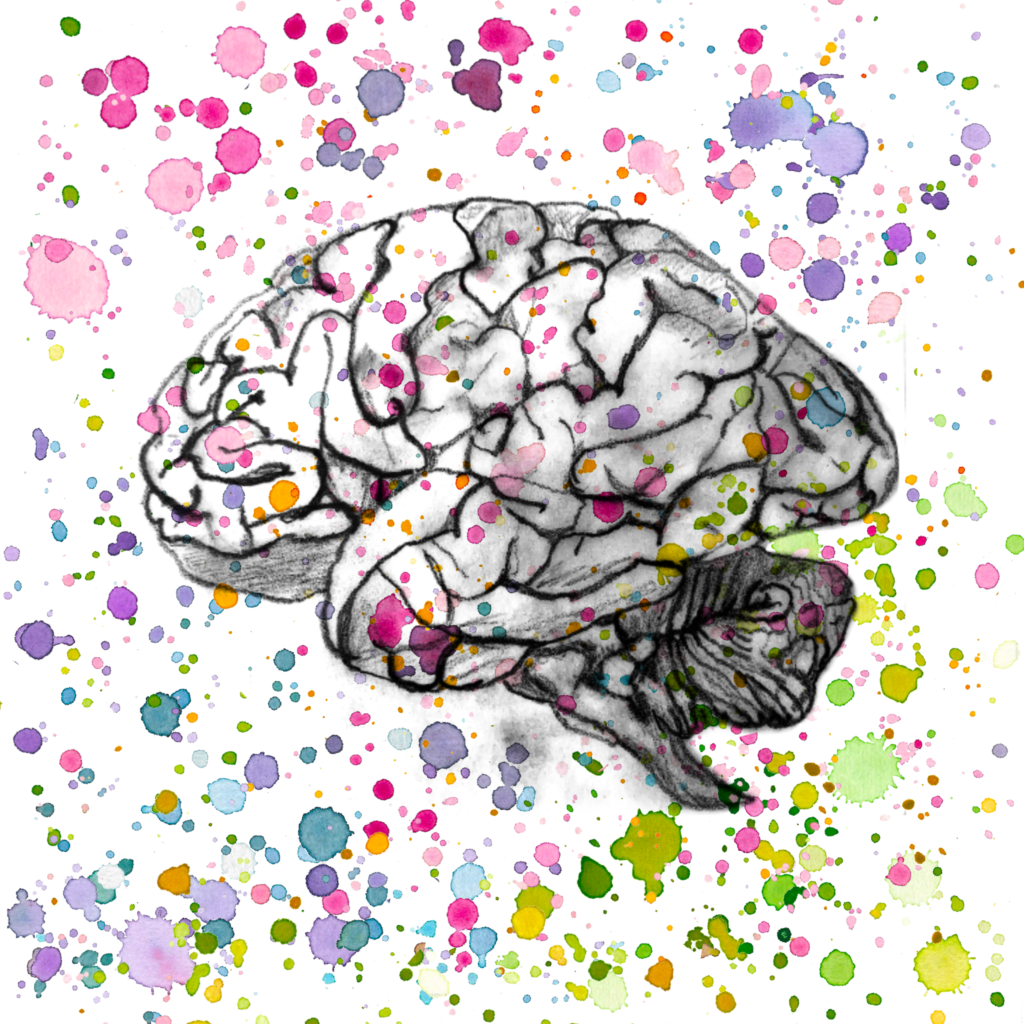
Wait, there’s more!
Of everything I’m sharing I spent the most time and energy on this.
If you’ve struggled to learn a second language later in life – it may not be for the reasons you think. I’d love to know what neurodivergent folks think of this post.
I also wrote some thoughts about From Where You Dream. A book about storytelling from your unconscious.
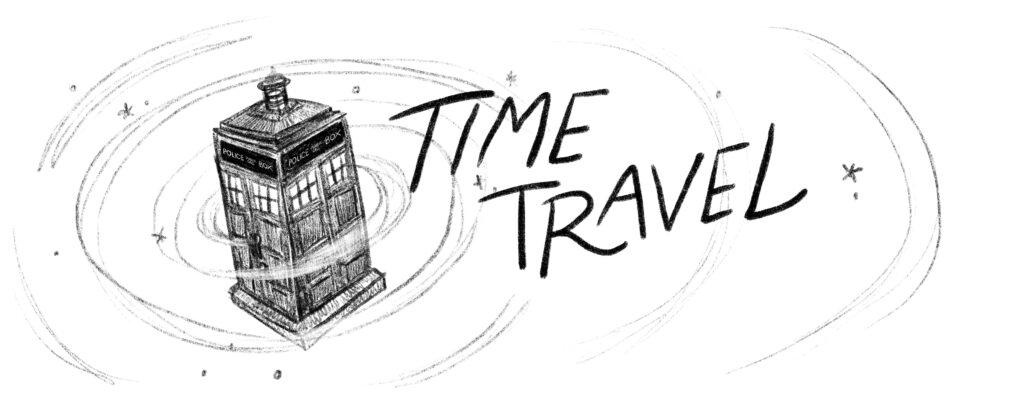
Just two posts in the TARDIS time hop this month.
If you have time to check out my 360 VR work I’d love to know what you think.
This Time in 2023
While I was at it I also created a landing page for free resources and printables.

The Compost Heap is handmade without the use of AI. 🐝
Support doing things the old fashioned way by joining my Patrons ($5) and I’ll send paper copies of my zines with the coolest postage stamps I can find.
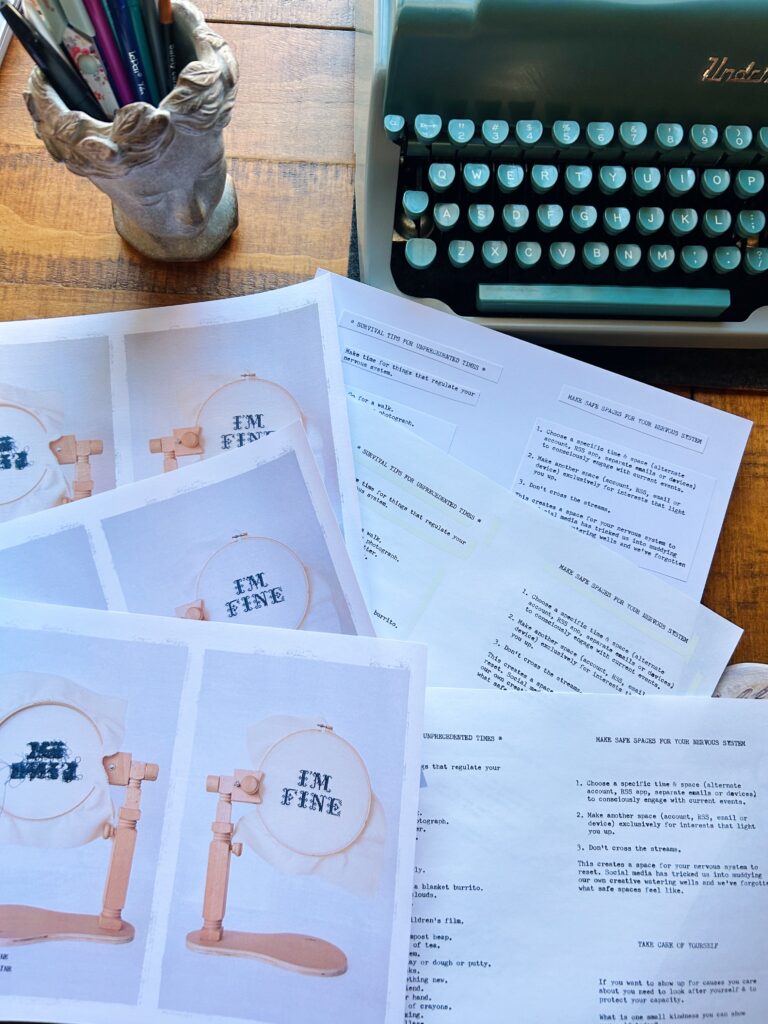
Not into snail mail?
Here are other ways you can support.
- Share my blog with a friend. (It’s free!)
- Buy a book or zine from my (new!) shop.
- Link to me in your newsletter.
- Art swap! Let me know if you’d like to swap your art for a zine.
- Send me an email and let me know what resonates.
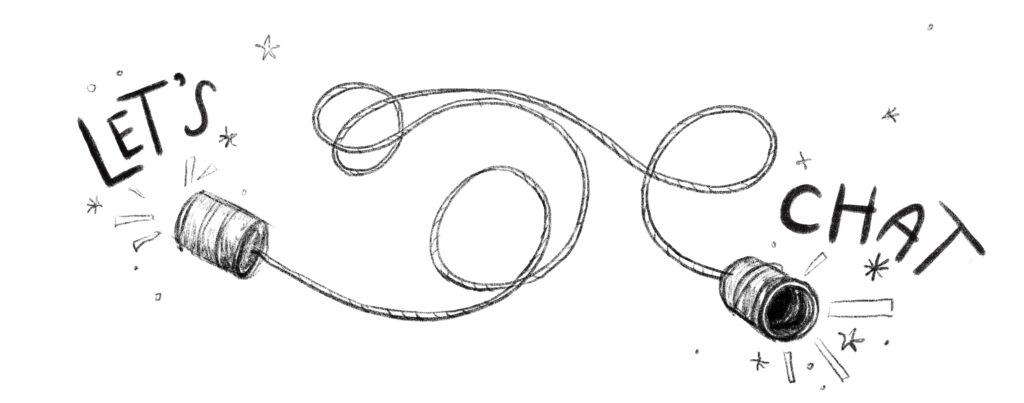
If you’re reading this in your email inbox you can just hit reply to message me directly. I’d love to hear what you think. It makes it worth the time I put in.
Thanks for being here.
I appreciate you.
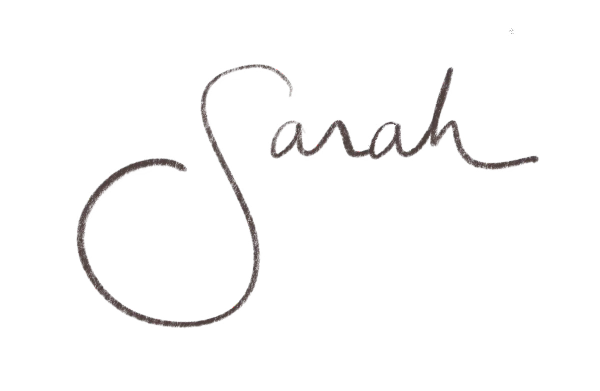
P.S. One downside to emailing each month instead of weekly is that there is SO MUCH to cover. I’ve almost given up on sharing links because I have too many to narrow down. But the 15 hours a month I’ve recovered to spend on other projects seems worth the trade off.
If you want a suggestion… Watch the Wheel of Time. 😉
